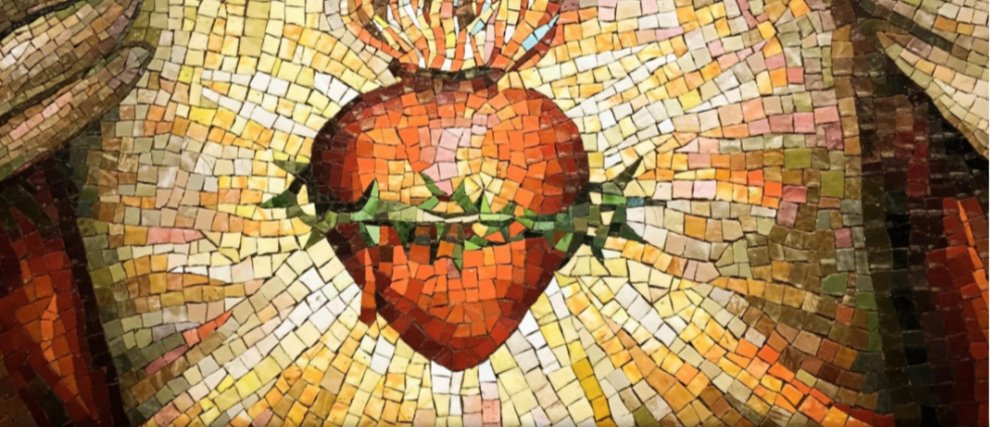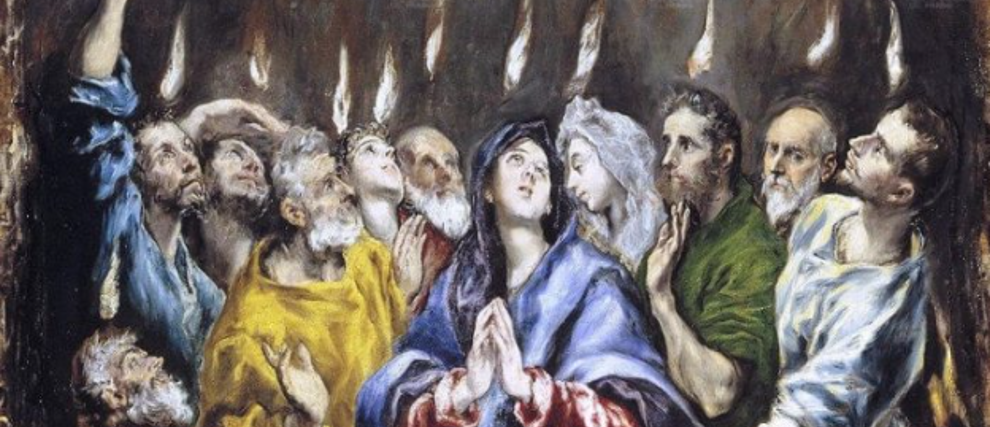Eucharistic Adoration
Eucharistic adoration, also called adoration of the Blessed Sacrament, is a form of Catholic worship increasingly practiced in parishes in recent years. This type of meditative prayer uniquely combines an intimate heart-to-heart encounter between the worshiper and Christ with a communion of prayer that extends to the entire world, for whom Jesus offered Himself.
“The Church and the world have a great need for Eucharistic worship. Jesus waits for us in this sacrament of love. Let us not refuse the time to meet Him in adoration, in contemplation full of faith and open to making reparation for the grave sins and offenses of the world. May our adoration never cease.” (John Paul II)
What is Eucharistic Adoration?
Saint Peter Julian Eymard, founder of the Congregation of the Blessed Sacrament, tells us: “Adoration has for its object the divine person of our Lord Jesus Christ present in the Blessed Sacrament. He is alive; He wants us to speak to Him, and He will speak to us. And this dialogue, established between the soul and our Lord, is true Eucharistic meditation; it is adoration. Blessed is the soul that knows how to find Jesus in the Eucharist, and in the Eucharist all things...”
Adoration centers on the Eucharistic reserve, consecrated hosts kept in the tabernacle after Mass. For Catholics, according to the doctrine of transubstantiation, Jesus is truly present in the host, which becomes the Body of Christ during its consecration by the priest in the Eucharistic prayer at Mass.
The faithful are invited to receive the Body of Christ by taking the host (the Eucharist) and also to adore Him. The Blessed Sacrament is then removed from the tabernacle and displayed in a monstrance.
Through this act of being in God's presence, the worshiper contemplates and allows themselves to be contemplated by God, who offered Himself out of love for all humanity.
How and Where to Practice Eucharistic Adoration?
We can adore the Blessed Sacrament:
During public adoration, such as on the Feast of Corpus Christi (celebrated sixty days after Easter),
At adoration vigils, like those held on Holy Thursday, following the Mass commemorating the Last Supper,
During adoration sessions organized in parishes,
Or continuously in places where perpetual adoration takes place (the Blessed Sacrament is exposed without interruption, with worshipers taking turns day and night).
Though this is a very free and personal form of prayer, it can sometimes be challenging to fully engage in this act of contemplation before the Blessed Sacrament. Find some tips to help and guide you in Eucharistic adoration here:
Prayer Before the Tabernacle by Alexandrina de Balasar
“O Jesus, You know well what my desires are: to always be before Your Tabernacles, never to stray from them, not even for a moment!
Give me strength, O good Jesus, so that I may do this! I would love to be in Your presence day and night, at every hour, united to You, and never leave You again, O Jesus abandoned in the Tabernacles! Not for a single moment would I want to be absent; I would like to give You all that I possess and which belongs entirely to You: my heart, my body, with all that it feels. This is all my wealth.”
Enter into the Mysteries of Adoration with Hozana!
On the Hozana website, discover many resources to accompany you in prayer. Explore communities specifically designed to guide you in the practice of Eucharistic adoration:
This
to get a new prayer every day and deepen your understanding of worship.With this
, receive an annotated gospel passage every day to grow spiritually.

